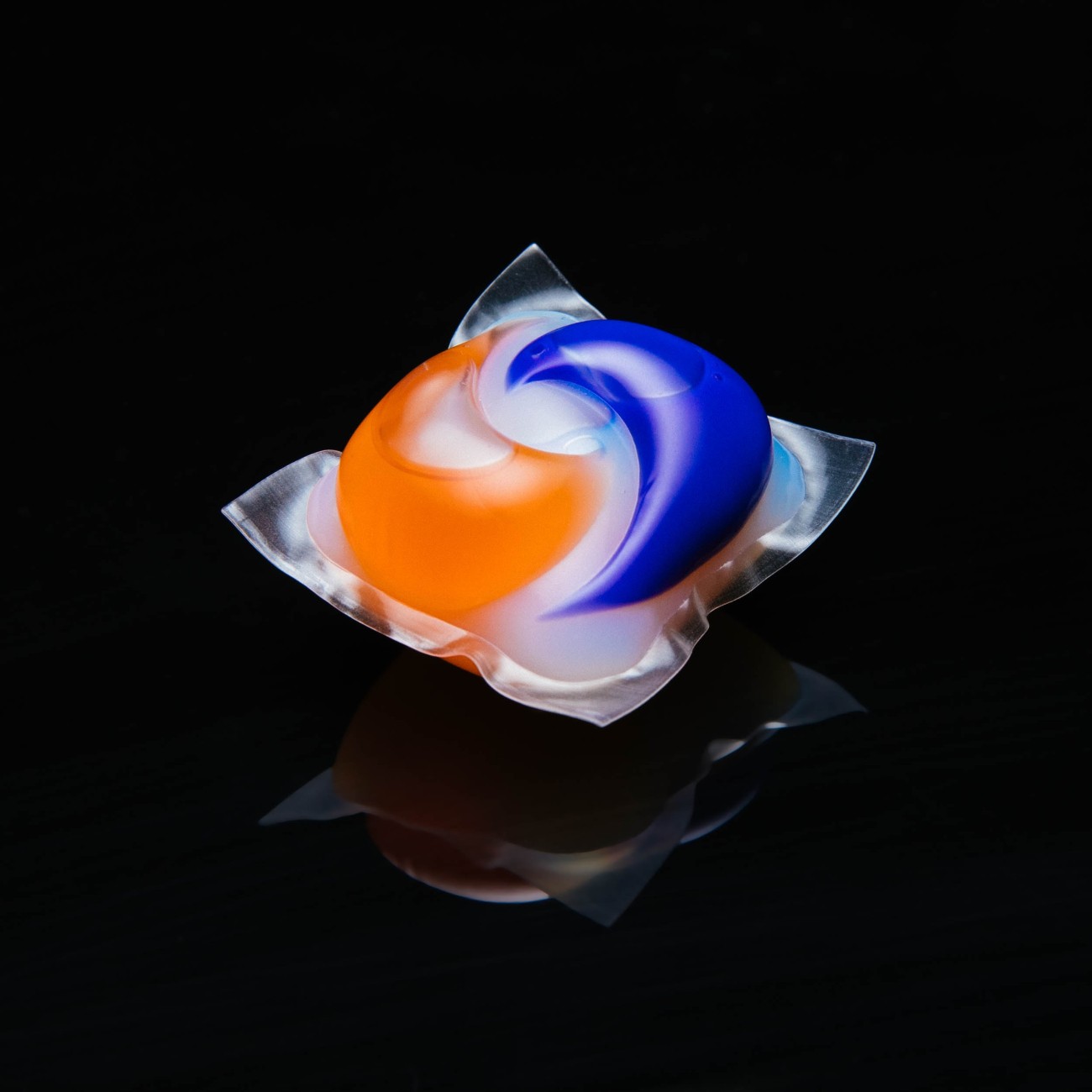

Primacy of the claims versus reliance on the description is at odds | T 0169/20
Catchwords
- The provisions in Art 84 EPC and Rules 42 and 43 EPC provide an adequate legal basis for claim interpretation when assessing patentability. In particular, the requirement that the claims shall be "supported by the description" in Article 84 EPC, 2nd sentence, indicates that the description may be relied upon as an aid or support for understanding the subject-matter of the claims.
- However, as implicitly derivable from this provision, the support of the description for interpreting the claims should only be resorted to in the exceptional cases where the subject-matter of the invention and/or its technical context needs to be clarified and may only be applicable when the invention in the description corresponds to the invention as claimed.
- The support of the description should, in any case, not be used for restricting or modifying the subject-matter of the invention beyond what a person skilled in the art would understand when reading the wording of the claims within the relevant technical context.
Background
In T 0169/20 the opponent appealed the decision of the opposition division to reject the opposition against EP 2 892 992 B1, with claim 1 as granted (main request) reading as follows:
- A packaged detergent composition comprising a container that at least partly disintegrates in an aqueous environment, the container having at least one compartment, the detergent composition having a fluid phase and containing a second container that at least partly disintegrates in an aqueous environment, characterised in that the second container comprises a gas present in an amount of between 10-50% of its internal volume.
Interpretation of the claim
Patentability of claim 1 as granted was critically dependent on the interpretation thereof. Both the proprietor and the opposition division considered that the wording "...the detergent composition having a fluid phase and containing a second container..." implied that:
- i) the second container was contained within the fluid phase of the detergent composition, and that
- ii) the fluid phase of the detergent composition was contained in the at least one compartment of the (first) container.
The Board found that the wording of the claim encompassed embodiments in which the second container was contained in a different phase of the detergent composition (e.g. a powder phase or solid phase), implying the fluid phase of the detergent composition could be contained in the second container. The proprietor set out there are contradictory approaches adhered by the Boards in the question of when and how claims should be interpreted in the light of the description. The Board provided a detailed discussion on this matter.
Legal provisions
In T 16/87, the Board concluded that the provision of Art 69(1) EPC was applicable to the interpretation of the claims for the assessment of patentability. Likewise, recent decision T 1473/19 held that Art 69(1), in conjunction with Article 1 of the Protocol of Interpretation, was applicable to the interpretation of claimed features when assessing Art 54, 56, 83 and 123(2) EPC. According to the Board in T1473/19 Art 84 EPC would allow to delimit the scope of protection such that the scope of protection of the patent could be assessed under Art. 69 EPC. Art 84 EPC, in turn, as indicated in G 3/14 (Reasons 55), played no role for the examination of granted claims in opposition proceedings, so its provisions could not constitute an applicable legal basis for the interpretation of patent claims in opposition or opposition-appeal proceedings.
The present Board disagreed with T16/87 and T1473/19. The Board considered although Art 84 EPC is not a ground for opposition, it is a valid legal basis for argumentation in opposition. The Board did also not agree that Article 69 EPC provides the only guideline for interpretation of the claims in the EPC. Art 84 EPC and Rules 42 and 43 EPC provide an adequate basis for the interpretation of claims for the purpose of assessing patentability. In agreement with T1646/12 the Board found that Art 69(1) EPC is to be used to determine the scope of protection for the purposes of examining conformity with Article 123(3) EPC (and of course in infringement proceedings). The examination of patentability concerns the "invention" (Rule 43(1) EPC) and not the scope of protection.

Art 84 EPC stipulates the claims shall define the matter for which protection is sought, which in view of Rule 43(1) EPC corresponds to the technical features of the "invention". It follows that the object to be assessed under patentability corresponds to the technical features in the claims.
Art 84 EPC, 2nd sentence, requires that the claims should be supported by the description, whose role is inter alia (see Rule 42(1)(c) EPC) to disclose the invention as claimed in such terms that the technical context can be understood. The Board considers that the condition "supported by the description" in Art 84 EPC provides a legal basis for determining how and when claims should be interpreted in the light of the description:
‘’If the wording of a claim is unclear for a person skilled in the art, the description may thus fulfil its supporting function by illustrating the meaning of the unclear feature(s). Conversely, when the wording of a claim is clear for the skilled person, the supporting role from the description is neither necessary nor justified. In addition, if the invention according to the description is narrower or different from that in the claim, the supporting role of the description under Art 84 EPC cannot be fulfilled since an interpretation on this basis would not represent an illustration of the subject-matter of the claim with the aid or support of the description but a restriction or modification of the scope of the invention.
The Board found similar conclusions on the limits of claim interpretation may be drawn from the meaning of the concept "invention". According to Rule 43(1) EPC and G 2/98 (Reasons 2 and 9), the term "invention" in the EPC should be narrowly construed as the combination of technical features in the claims. As stated in T 1845/14 (Reasons 9.6), the term "invention" implies that the subject-matter to be assessed under Art 83, 87, 54 or 56 EPC should not be interpreted restrictively or differently from what a skilled person would understand when reading the claims on the basis of technical aspects which are part of the description but not implicitly or explicitly defined in the claims.
The Board concluded that the provisions in Art 84 EPC and Rules 42 and 43 EPC provide adequate legal basis for claim interpretation when assessing patentability of an invention.
The case law
In the Board's view, the case-law on the subject is also reasonably homogeneous. In a number of decisions it was concluded the description may be used to interpret ambiguous terms or to confirm the most obvious interpretation, or to determine the context of the invention in order to give the terms of a claim their true technical meaning (T 56/04, T 1844/15, T 2365/16 and T 1646/12). On the other hand, it is not possible to use the description to give features a more restrictive meaning than that suggested by the wording of the claim (T 1018/02, T 197/10, T 1408/04) or give a different meaning to features that have clear and credible technical meaning.
The Board considered the well-known expressions "the patent is its own dictionary" and "the terms used in patent documents should be given their normal meaning in the relevant art, unless the description gives the term a special meaning". confusing because it may suggest a contrario that it would be possible to rely on a definition given in the description to change the meaning of a clear and technically sensible feature. The Board deems this is not the case.
The Board summarizes the approach they adhered to as follows:
‘’The object to be assessed under patentability is the "invention", which according to Article 84 EPC and Rule 43(1) EPC corresponds to the combination of the technical features in the claims. It is thus the wording of the claims which primarily determines the subject-matter of the invention, and the sole function of the description in this respect, pursuant to Article 84 and Rule 42(1)(c) EPC, is to assist or support in understanding the meaning of these features in those exceptional cases where this aid is both necessary and possible.
On the other hand, if the wording of a claim is clear and technically reasonable in itself, it is neither necessary nor justified to interpret it in the light of the description. In particular, the support of the description should not be used for restricting or modifying the subject-matter of the invention beyond what a skilled person would understand when reading the wording of the claims, for example by excluding interpretations which are both reasonable and technically sensible within the relevant technical context.’’
Application of the legal framework to the present case
In the present case, the Board found the wording of the claim clear and technically sensible, also taking into account the technical context of the invention presented in the description. There was therefore no reason to interpret it in the light of the description. The claim does not indicate that the second container must be contained in the liquid phase of the composition or that the liquid phase must be contained in the first container. Even if the claim could be interpreted in two ways, both interpretations would be equally reasonable and to exclude one would be an impermissible restriction of the subject-matter of the invention rather than an interpretation by means of description.
The Board came to the view the detergent composition can include different phases and the second container can be contained in any of them. The Board saw no reason to conclude that the wording of claim 1 excludes embodiments in which the second container contains the fluid phase of the detergent composition while being contained in a different phase (e.g., powder, gel, a second fluid phase, etc.) of this composition.
Decision of the Board of Appeal
Taking the interpretation of the claim into account the Board came to the view claim 1 as granted as well as Auxiliary Requests 1, 3 and 4 lacked inventive merits, while Auxiliary request 2 was found unclear. The decision under appeal was set aside and the patent revoked.
Summary written by the EPO Case Law team




